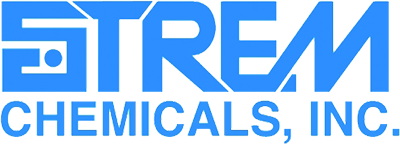Technical Note:
1. This di-sulfonated building block is recommended for post-synthetic water-solubilization of hydrophobic, molecules for applications in biological media, especially organic dyes, fluorophores, azo dyes[1], bodipy[2], coumarin[3] and xanthene dyes[4].
This includes organic supramolecular compounds such as cryptophanes[5], through aminolysis reactions of activated esters, activated carbamates (or carbonates) and isothiocyanates. Such reactions can be performed either in aqueous media
(Schotten-Baumann conditions), or in anhydrous organic media (by converting this di-sulfonated taurine analog into the
corresponding tributylammonium or tetrabutylammonium salt[2,4]). Such methodology is also applicable for sulfonation of
biomolecules such as peptides and nucleic acids, for fine-tuning their net electric charge[6].
A further derivatization of this unusual amine with 3-azidopropanoic acid, 3-mercaptopropanoic acid, or 4-pentynoic acid,
provides a di-sulfonated linker that is reactive in either “click” reactions (1,3-dipolar cycloadditions), SNAr or Sonogashira
cross-couplings[1].
References:
1. Chem.-Eur., J., 2013, 19, 1686.
2. New J. Chem., 2013, 37, 1016.
3. Dyes Pigm., 2014, 110, 270.
4. Tetrahedron Lett., 2010, 51, 3304.
5. Chem. Commun., 2011, 47, 9702.
6. Bioconjugate Chem., 2014, 25, 1000.

Strem
